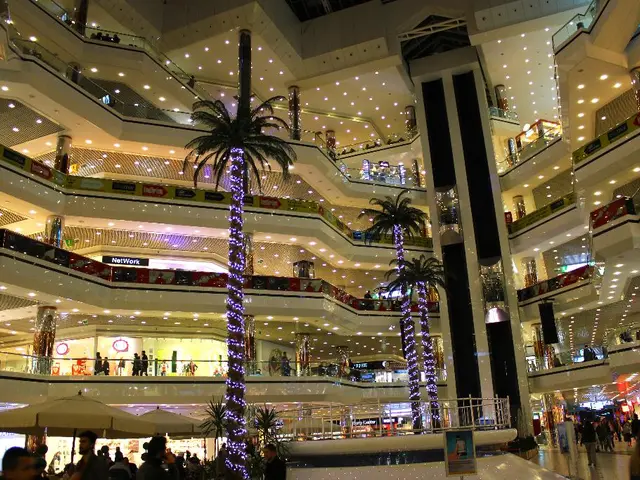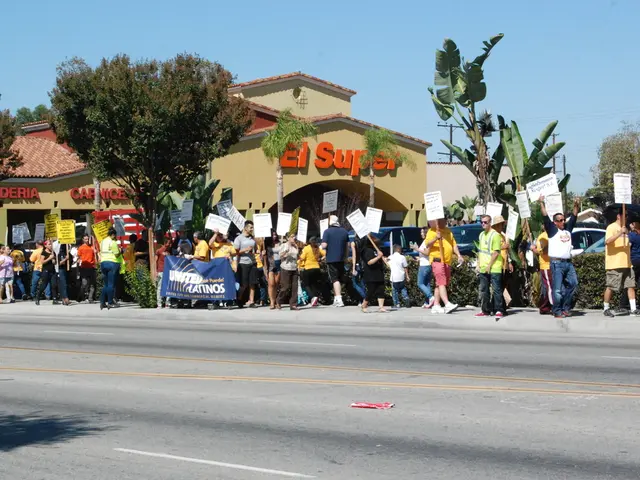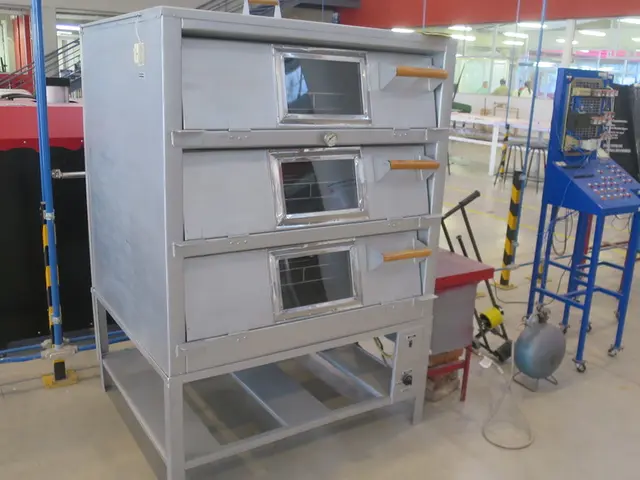Vinyl Chloride Monomer Market Forecasted to Exceed US$28.0 Billion by 2034
The Vinyl Chloride Monomer (VCM) market is set to experience steady growth from 2025 to 2034, following the projected expansion of the Ethylene Dichloride (EDC) market, a critical precursor to VCM production. The global EDC market is expected to grow from around USD 24.2 billion in 2024 to USD 36.2 billion by 2034, at a compound annual growth rate (CAGR) of about 4.1%.
Given that VCM production accounts for approximately 82.4% of EDC usage, this growth directly reflects increased demand in the VCM market. Key trends driving this growth include rising demand for PVC products, environmental and regulatory impact, technological advancements, and economic influence.
Rising Demand for PVC Products
VCM is primarily used to produce polyvinyl chloride (PVC), which is widely employed in construction, automotive, medical, and packaging industries. Infrastructure development and urbanization, especially in emerging markets like Asia-Pacific and the Middle East, are boosting PVC demand.
Environmental and Regulatory Impact
Increasing environmental regulations are pushing producers toward sustainable practices, such as recycling and adoption of low-carbon technologies, which is fostering innovation and potentially reshaping production processes for VCM and PVC.
Technological Advancements
Innovations in PVC formulations, including bio-based and green variants aligned with stricter environmental standards, are influencing the VCM market by promoting usage in high-performance applications.
Economic Influence
The expansion of VCM production stimulates job creation and industrial growth in regions investing heavily in infrastructure and manufacturing, such as China and India.
While explicit quantitative forecasts for VCM alone are not separately reported, the strong link between EDC and VCM indicates the VCM market is expected to grow at a similar pace to EDC’s 4.1% CAGR from 2025 to 2034. The construction sector, as the largest end-user of products reliant on VCM-derived PVC, will continue to be the main growth driver during this period.
Investing in sustainable technologies and expanding into high-growth regions like Asia-Pacific offers strategic opportunities for businesses in the VCM market. Notable companies like Formosa Plastics, AGC Chemicals, INEOS, Evonik Industries, and BASF are already making significant strides in these areas.
The Building and Construction Sector accounts for 44.8% of VCM consumption, and the North American market for VCM was valued at USD 7.7 billion in 2024. However, the Middle East & Africa and Latin America have a smaller role in the global VCM market compared to North America.
PVC's versatility, durability, and cost-effectiveness fuel its widespread use in various sectors, including construction, electrical, healthcare, and packaging. As a result, PVC dominates the VCM market application segment, accounting for a significant 79.7% usage rate.
The global VCM market is projected to reach USD 28.0 billion by 2034, underscoring its economic significance. To stay competitive, businesses must leverage efficient processes, sustainable innovations, strategic expansion into high-demand regions, and resilient supply chains. Adopting green technologies will be essential as environmental regulations tighten.
- The VCM market growth, driven by increasing PVC product demand, extends to sectors such as construction, automotive, medical, and packaging industries.
- Urbanization and infrastructure development, especially in Asia-Pacific and Middle Eastern markets, are boosting the demand for PVC products.
- With rising environmental regulations, producers in the VCM industry are adopting sustainable practices like recycling and low-carbon technologies to innovate production processes.
- Technological advancements, including bio-based and green formulations of PVC, are influencing the VCM market by promoting usage in high-performance applications.
- regions investing heavily in infrastructure and manufacturing, such as China and India, are experiencing job creation and industrial growth due to VCM production expansion.
- The construction sector remains the main growth driver for the VCM market, due to its reliance on PVC materials.
- In the realm of personal-finance, investments in sustainable technologies and high-growth regions like Asia-Pacific offer strategic opportunities for businesses in the VCM market.
- Notable companies in the industry, such as Formosa Plastics, AGC Chemicals, INEOS, Evonik Industries, and BASF, are already making significant strides in these areas.
- The learning and self-development sector can benefit from understanding the economic significance of the VCM market, projecting to reach USD 28.0 billion by 2034, and the strategies needed to stay competitive, focusing on efficient processes, sustainable innovations, strategic expansion, and resilient supply chains.




